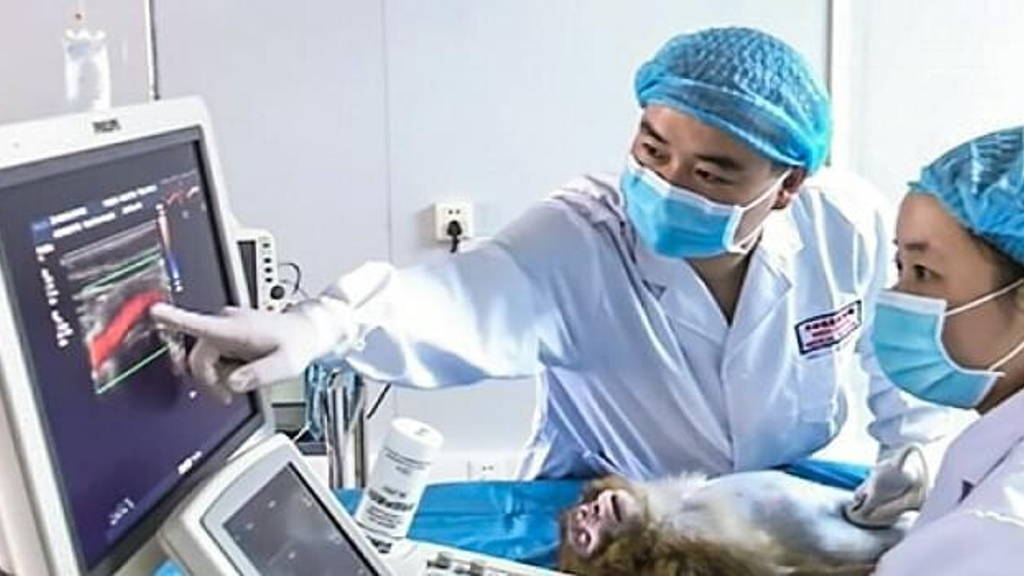Chinese scientists with Sichuan Revotek have successfully 3-D printed blood vessels and implanted them in rhesus monkeys. The discovery brings scientists one step closer to printing human organs and could bring a glimmer of hope to those struggling with cardiovascular disease. The scientists use patented Biosynsphere, a bio-ink, to stimulate stem cells to grow into the types of cells needed to form a functioning blood vessel.
Stem cells have to ability to transform into any cell in the body. The stem cells used in this particular bio-ink, patented as Biosynsphere, were placed in a micro-environment of growth factors and nutrients. This stimulates the cells to grow into the types of cells needed to form a functioning blood vessel.
The printing of living organs, however, still has a long way to go. While functioning blood vessels are a great step in the right direction, more complex shapes and tissues are yet to be created. The scientists also have to wait and see if the blood vessels remain fully functioning in the long-term.
Stem cells derived from fat tissue
For the experiment scientists used stem cells derived from the fat tissue of monkeys to create bio-ink. Using stem cells from the monkeys themselves proved to be a key factor for success, since this means that the vessels won’t be rejected by the monkey’s immune system. It’s also a safer way of acquiring the stem cells, since scientists usually derive them from embryos.Stem cells have to ability to transform into any cell in the body. The stem cells used in this particular bio-ink, patented as Biosynsphere, were placed in a micro-environment of growth factors and nutrients. This stimulates the cells to grow into the types of cells needed to form a functioning blood vessel.
Printed cells and non-printed cells act alike
The 3D-printed blood vessel became the replacement of a 2-centimeter segment of abdominal artery during a surgery. Just five days later, the stem cells inside the blood vessel had grown into the various types of cells needed to make a functioning blood vessel. One month later, the ‘new’ cells and ‘old’ cells were completely merged. The printed cells functioned the same as non-printed cells, and were shown to support vascular functions, such as aiding blood flow. The bio-ink helps them fully develop into living vessels. It also produces collagen, which is necessary for the tissue to mould into different shapes. It is the first bio-ink with this capability.The printing of living organs, however, still has a long way to go. While functioning blood vessels are a great step in the right direction, more complex shapes and tissues are yet to be created. The scientists also have to wait and see if the blood vessels remain fully functioning in the long-term.






